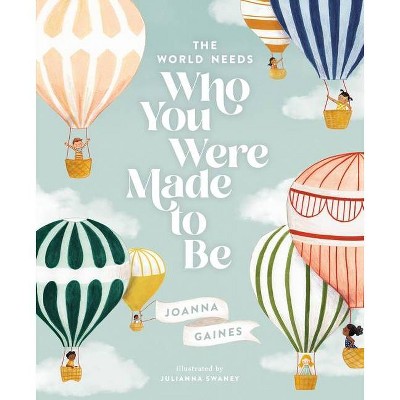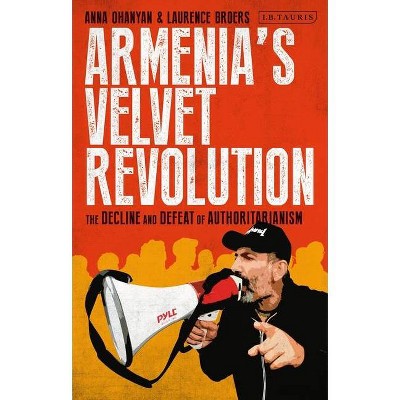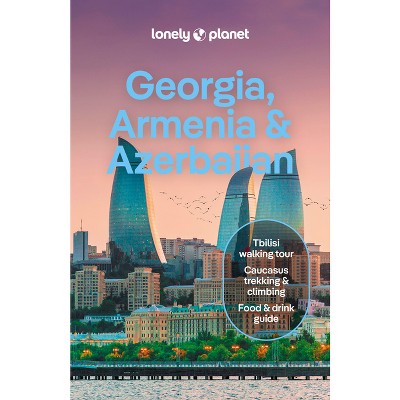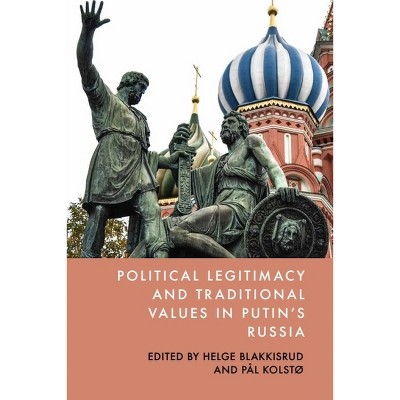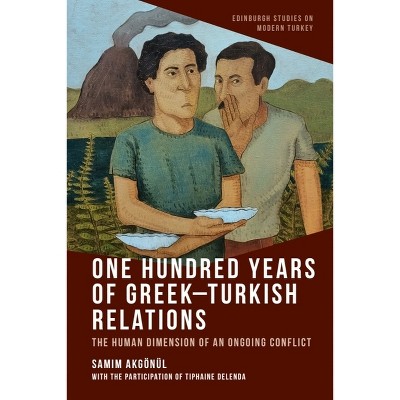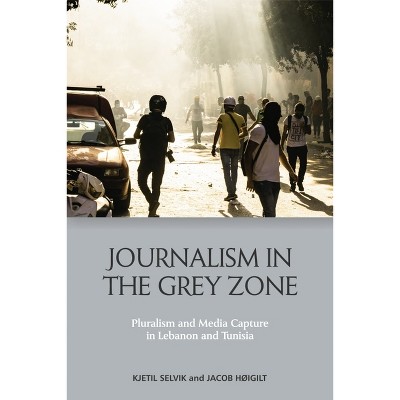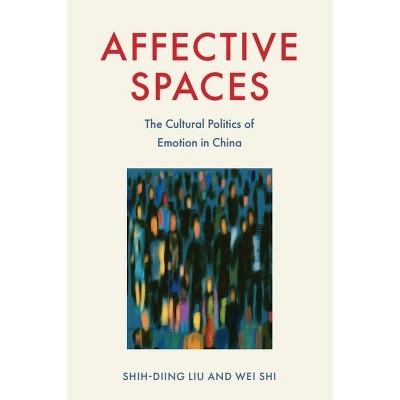About this item
Highlights
- The Armenian-Azerbaijani conflict for control of the mountainous territory of Nagorny Karabakh is the longest-running dispute in post-Soviet Eurasia.
- About the Author: Dr Laurence Broers is a Research Associate at the Centre of Contemporary Central Asia & the Caucasus, School of Oriental and African Studies.
- 352 Pages
- Political Science, World
Description
About the Book
Laurence Broers shows how more than 20 years of dynamic territorial politics, shifting power relations, international diffusion and unsuccessful mediation efforts have contributed to the resilience of the Armenian-Azerbaijani conflict for control of the mountainous territory of Nagorny Karabakh.
Book Synopsis
The Armenian-Azerbaijani conflict for control of the mountainous territory of Nagorny Karabakh is the longest-running dispute in post-Soviet Eurasia. Laurence Broers shows how more than 20 years of dynamic territorial politics, shifting power relations, international diffusion and unsuccessful mediation efforts have contributed to the resilience of this stubbornly unresolved dispute. Looking beyond tabloid tropes of 'frozen conflict' or 'Russian land-grab', Broers unpacks the unresolved territorial issues of the 1990s and the strategic rivalry that has built up around them since.From the Back Cover
Analyses the 30-year conflict between Soviet successor states Armenia and Azerbaijan for control over the contested territory of Nagorny Karabakh The Armenian-Azerbaijani conflict for control of the mountainous territory of Nagorny Karabakh is the longest-running dispute in post-Soviet Eurasia. This book looks beyond tabloid tropes of 'frozen conflict' or 'Russian land-grab', to unpack both unresolved territorial issues left over from the 1990s and the strategic rivalry that has built up around them since. The book demonstrates how more than two decades of dynamic territorial politics, shifting power relations, international diffusion and unsuccessful mediation efforts have contributed to the resilience of this stubbornly unresolved dispute - one of the most intractable of our times. Laurence Broers is a Research Associate at the School of Oriental and African Studies in London and Associate Fellow at the Royal Institute for International Affairs at Chatham House. He co-founded and co-edits the journal Caucasus Survey, and has worked in diverse roles at the London-based peacebuilding organisation Conciliation Resources.Review Quotes
Without any doubt, Laurence Broers is one of our foremost experts on the conflict between Armenia and Azerbaijan over Nagorny Karabakh. Broers is a scholar-practitioner who has worked for over a decade for the London-based peacebuilding organization Conciliation Resources, which for years has provided some of the best analysis of this protracted conflict. It was exciting to learn that Broers finally amalgamated his years-long experience in a book aptly titled Armenia and Azerbaijan: Anatomy of a Rivalry. The book does not disappoint: This is a superb book on the topic - nuanced, empirically rich and conceptually convincing...It is essential and highly recommended reading for everyone interested in this conflict. What's more, it is also a very rewarding read for anyone interested in understanding protracted conflicts and how we should analyse them.--Christopher Zürcher, University of Ottawa "Caucasus Survey"
Armenia and Azerbaijan: Anatomy of a Rivalry, by Laurence Broers, is the most significant book on the conflict since Black Garden, Thomas de Waal's 2003 account of the Nagorno-Karabakh war in the 1990s... Having traced the geopolitical visions of both sides, the balance of the book is devoted to rich, subtle reinterpretations of all of the major issues surrounding the conflict: the more than a million civilians displaced on both sides, the military balance, the roles of foreign powers and diasporas in the conflict, the nature of the de facto Nagorno-Karabakh state, and the long-running peace negotiations.--Joshua Kucera "Eurasianet"
Broers' book is one of the best [at] discussing the political evolution of the Karabakh conflict and it should be read by anyone who is interested in conflicts that become dormant or frozen.--Hakan Yavuz "Nationalities Papers"
To understand the causes of the Second Karabakh War, which broke out on 27 September 2020, Armenia and Azerbaijan: Anatomy of a Rivalry by Laurence Broers is the best available reference.--Vicken Cheterian, University of Geneva "Europe-Asia Studies"
About the Author
Dr Laurence Broers is a Research Associate at the Centre of Contemporary Central Asia & the Caucasus, School of Oriental and African Studies. He is the co-editor of three volumes, most recently, with Galina Yemelianova, of 'The Routledge Handbook of the Caucasus' (forthcoming). He is also the co-founder and co-editor-in-chief of Caucasus Survey (Taylor & Francis). He has extensive professional experience working in policy analysis and managing Armenian-Azerbaijani peacebuilding initiatives at the civil society level.
Shipping details
Return details
Trending Non-Fiction





